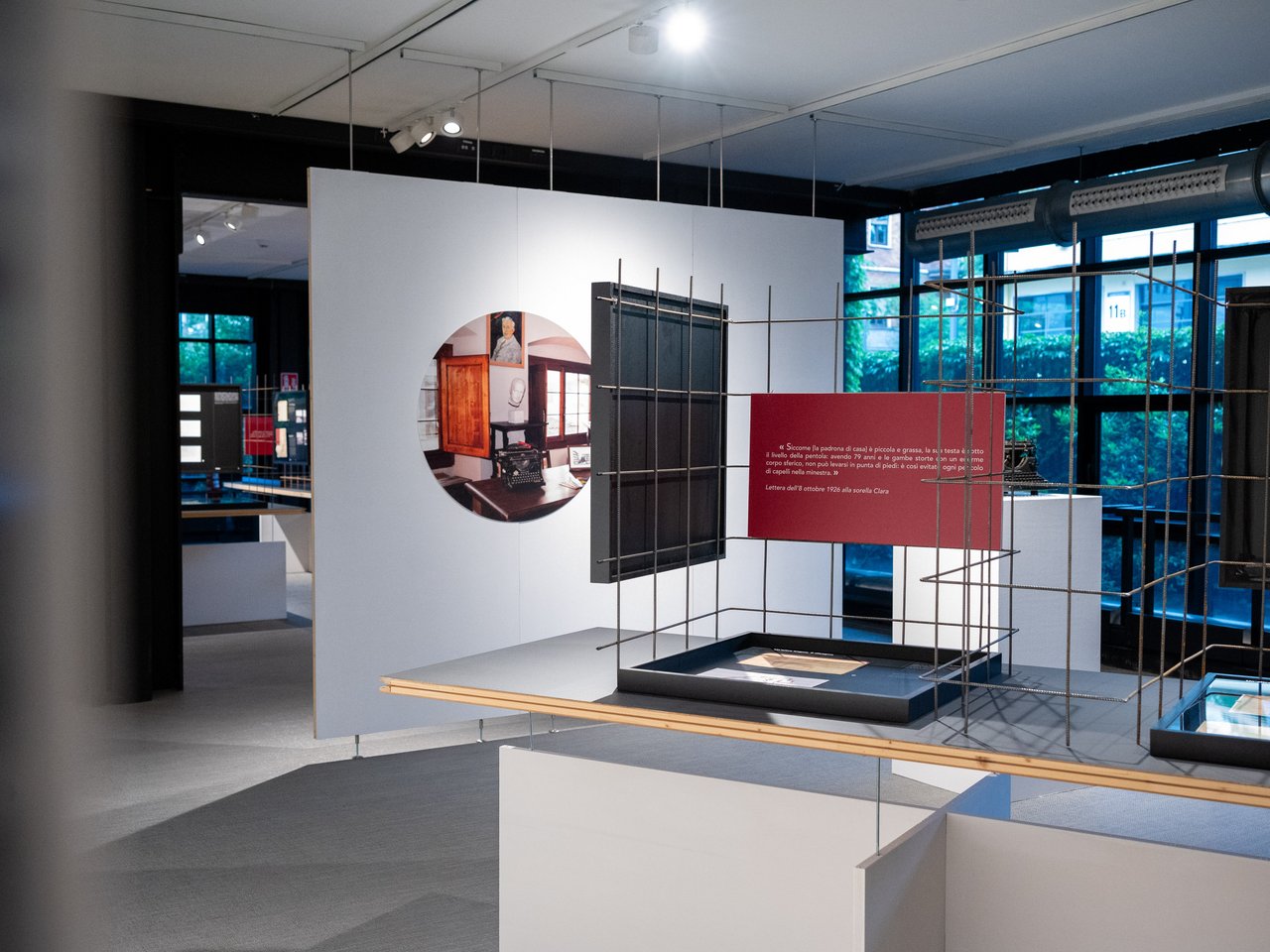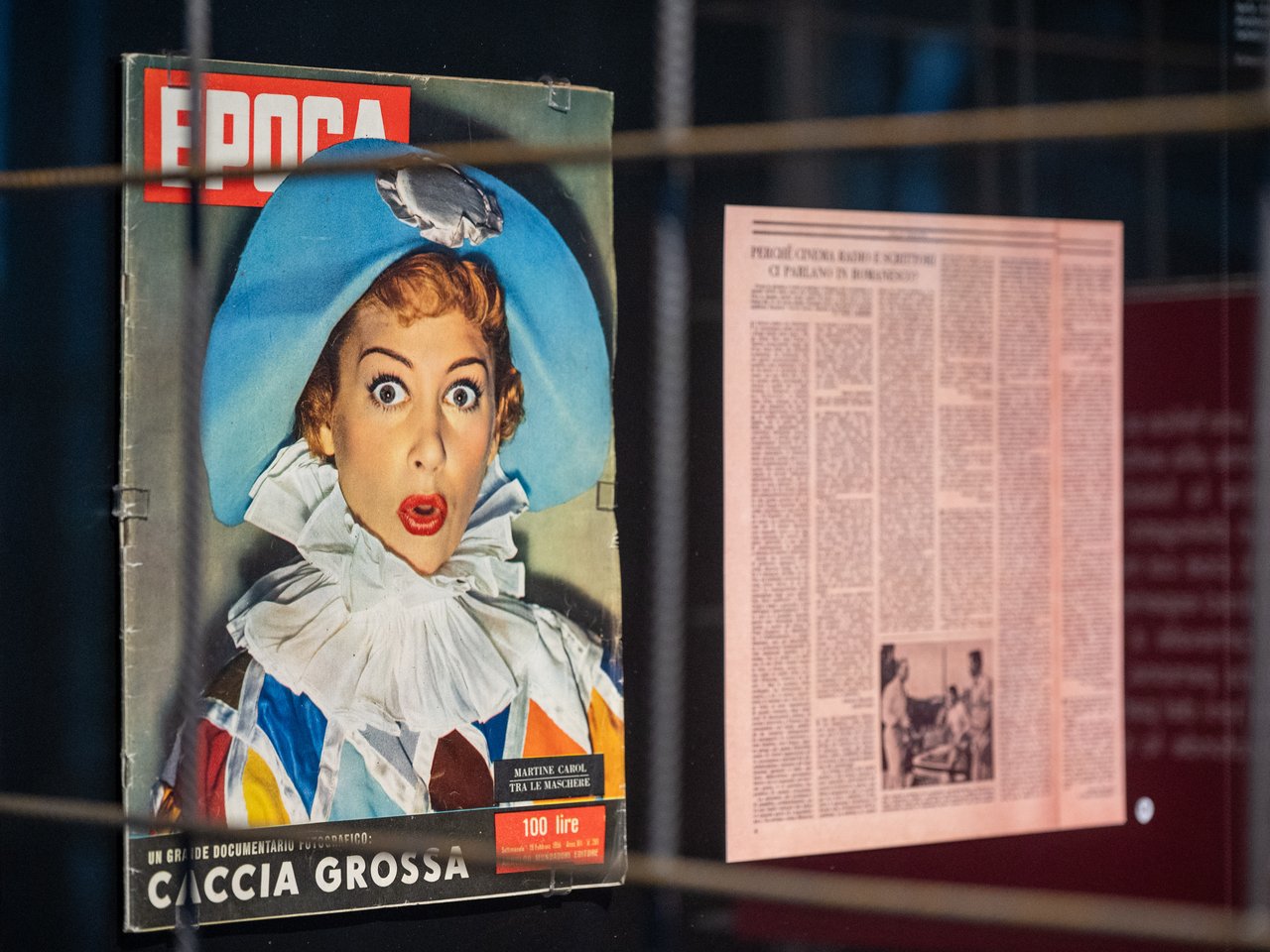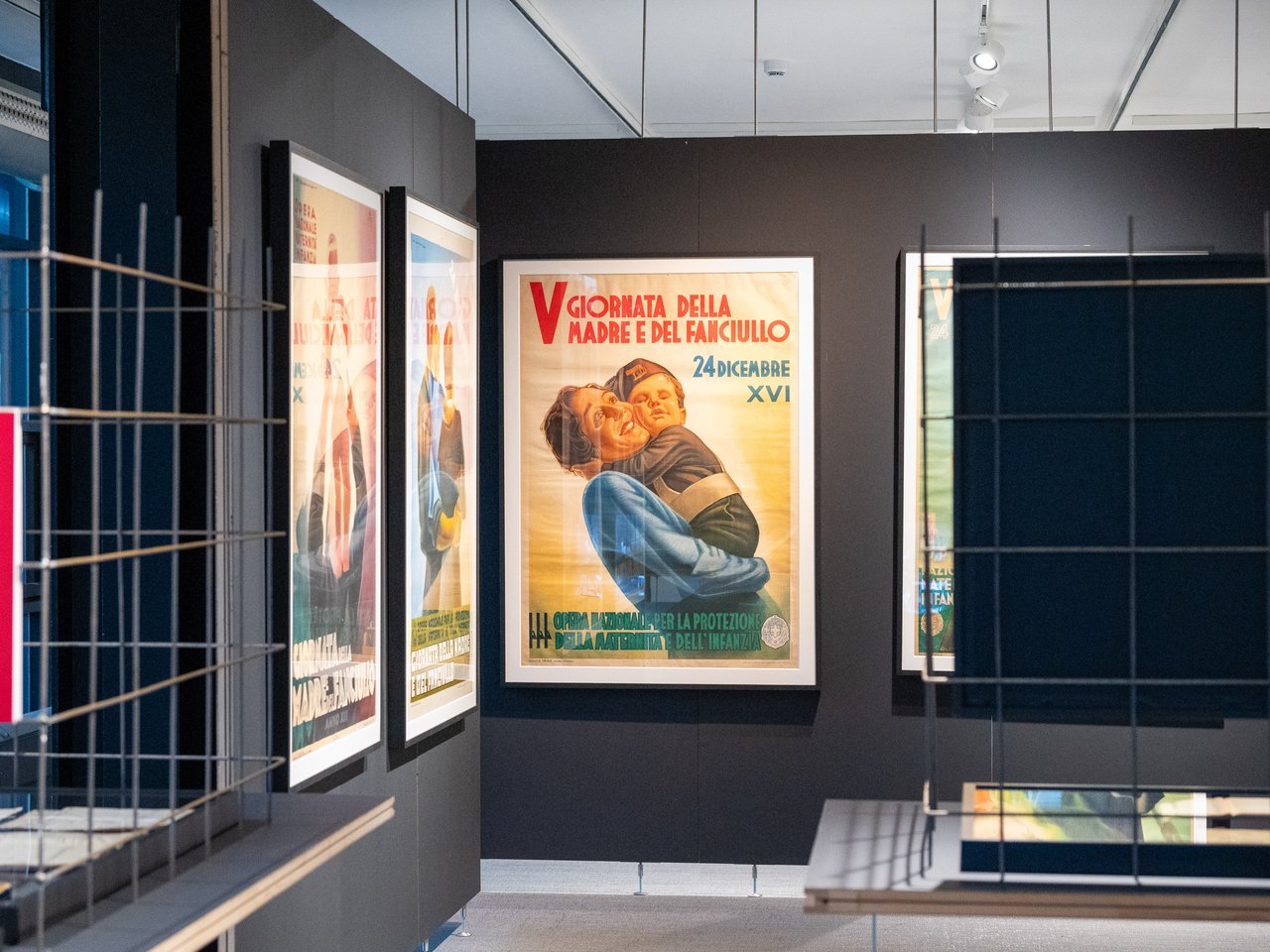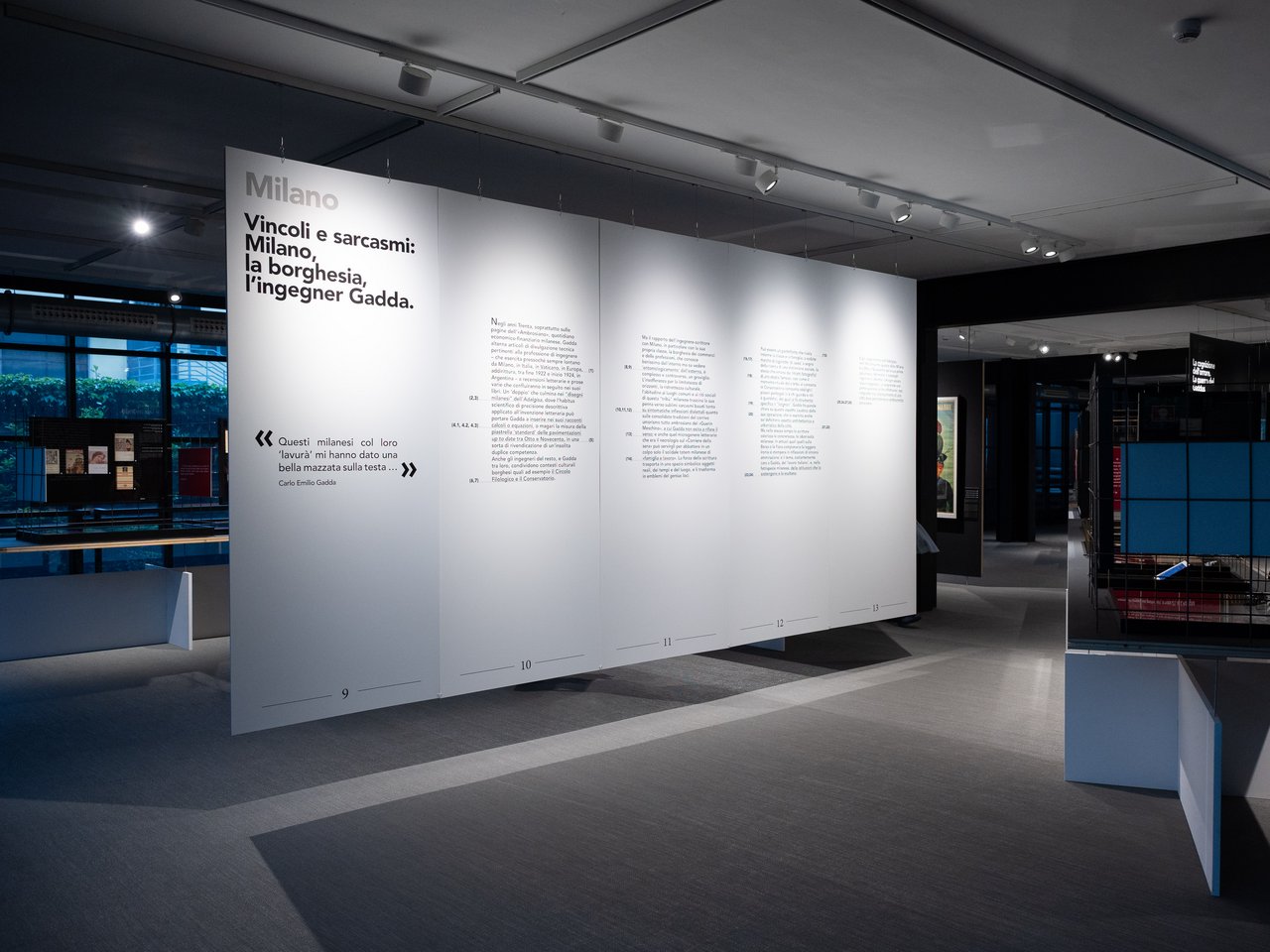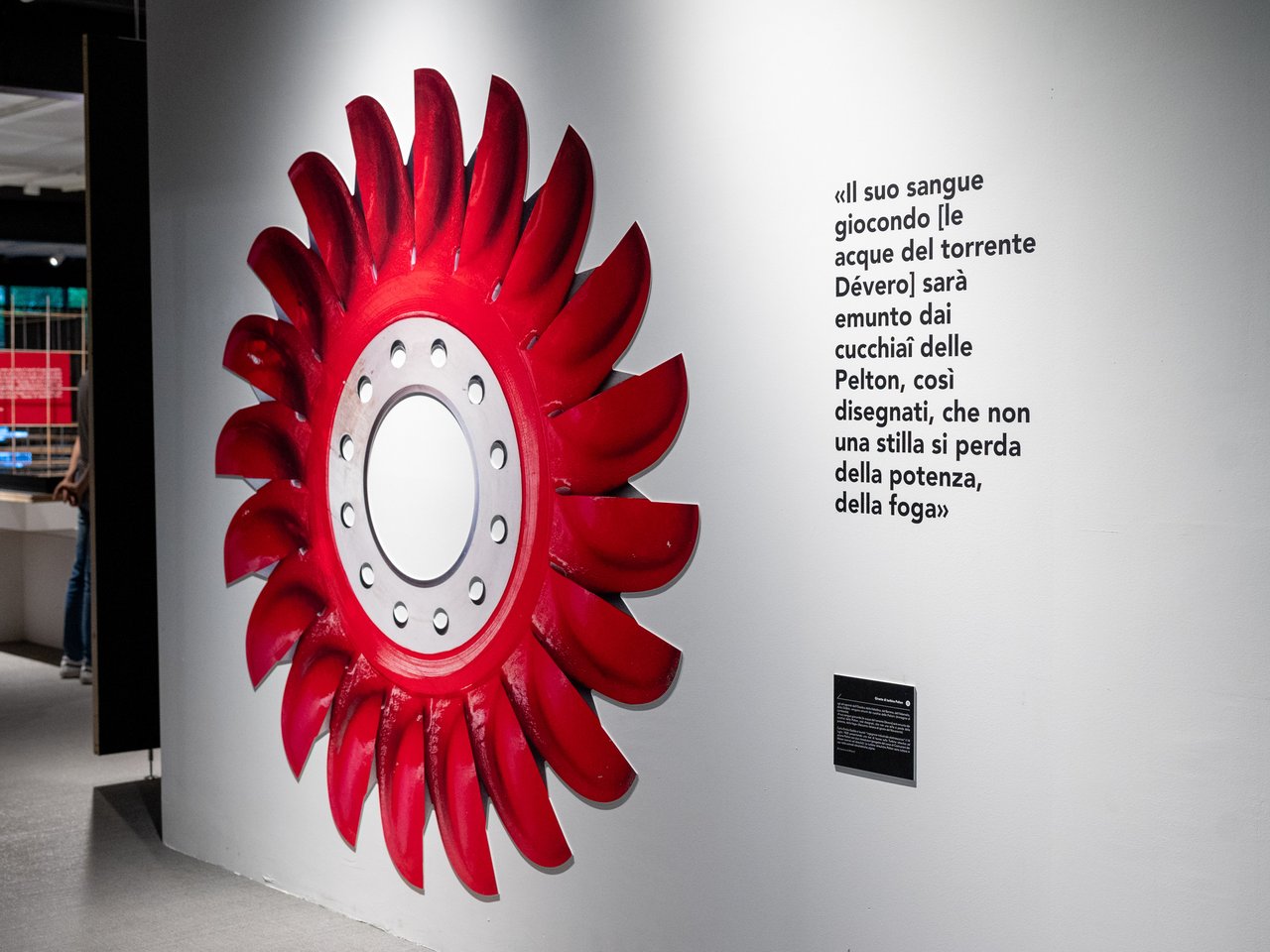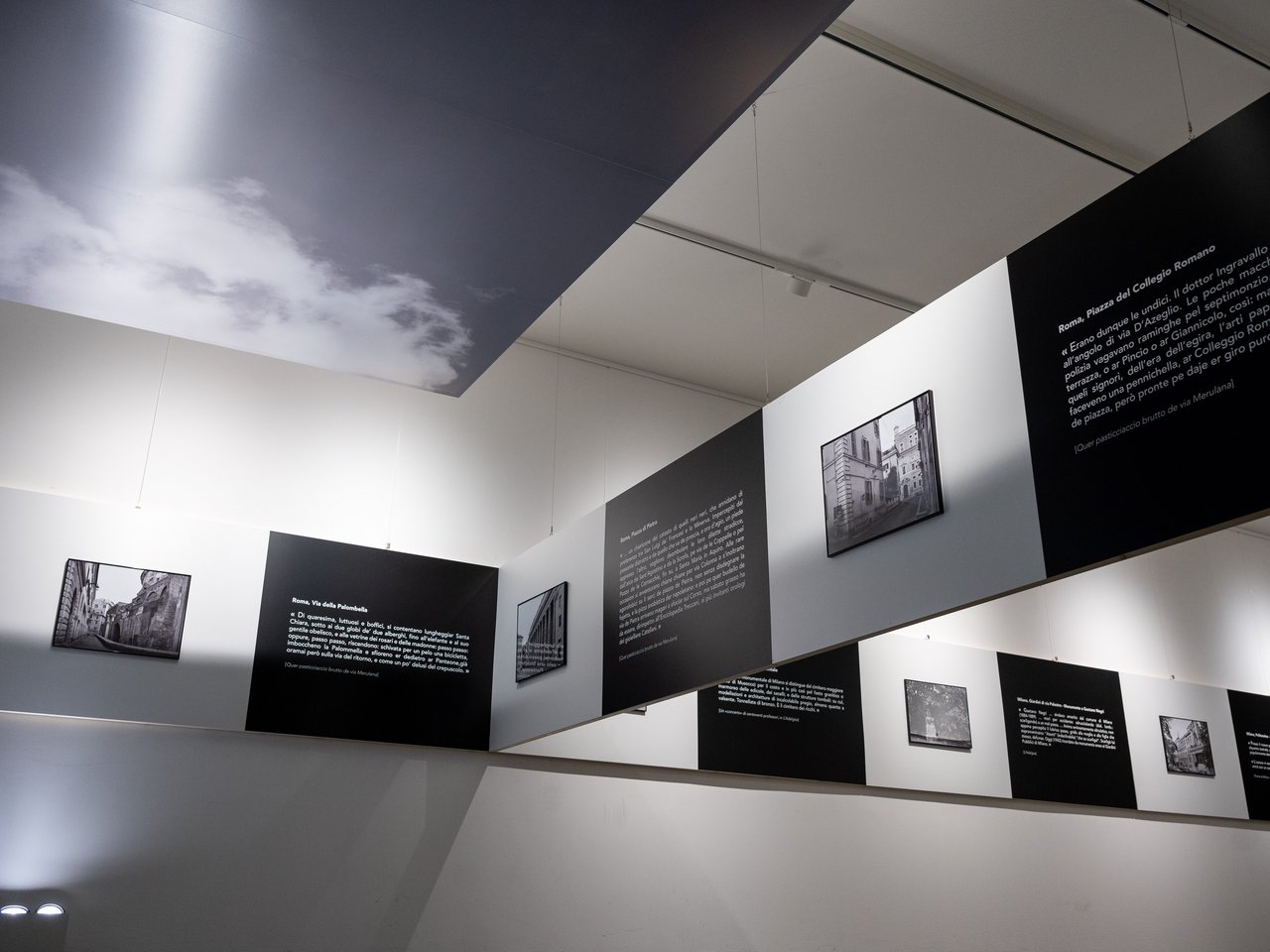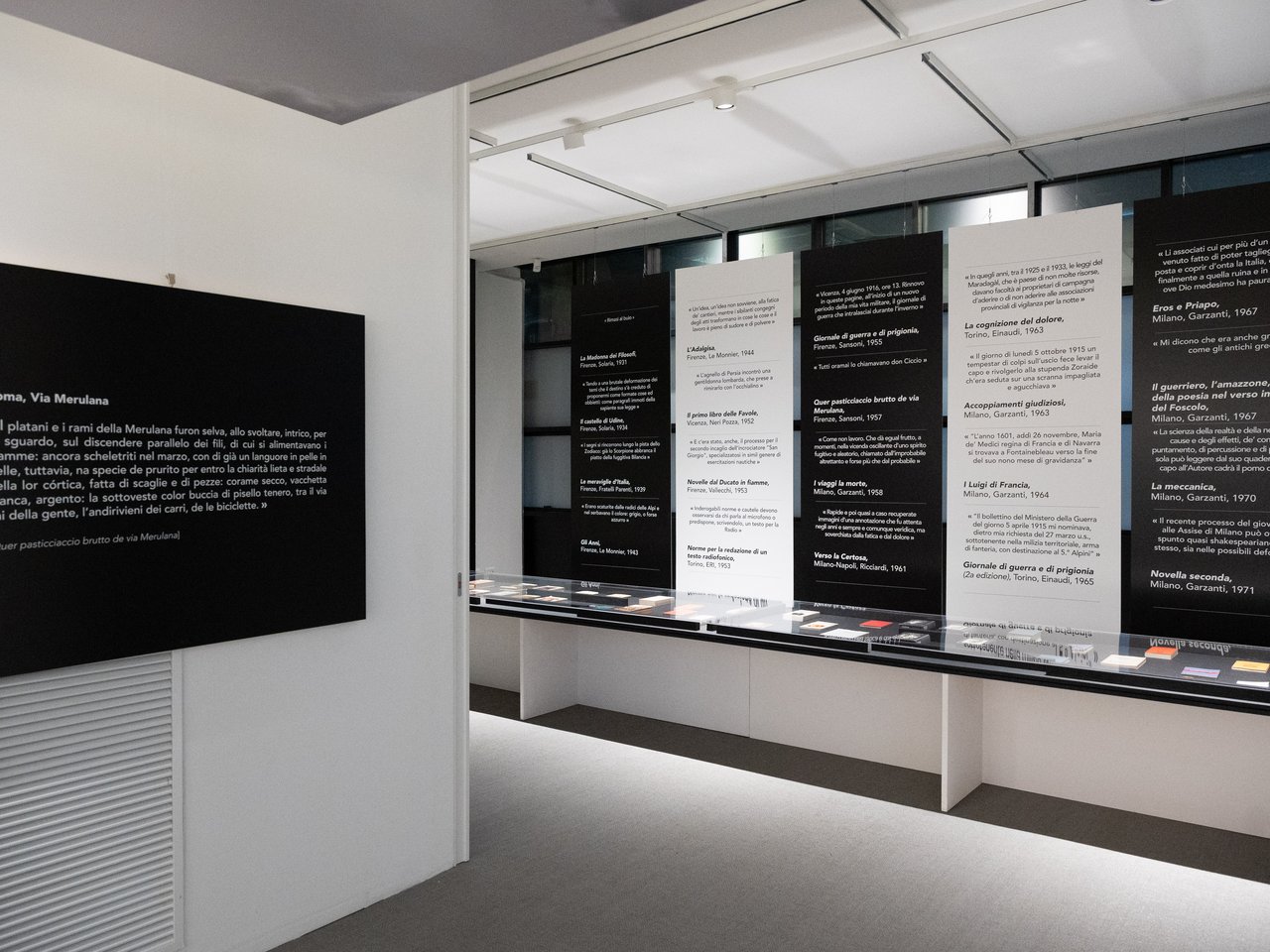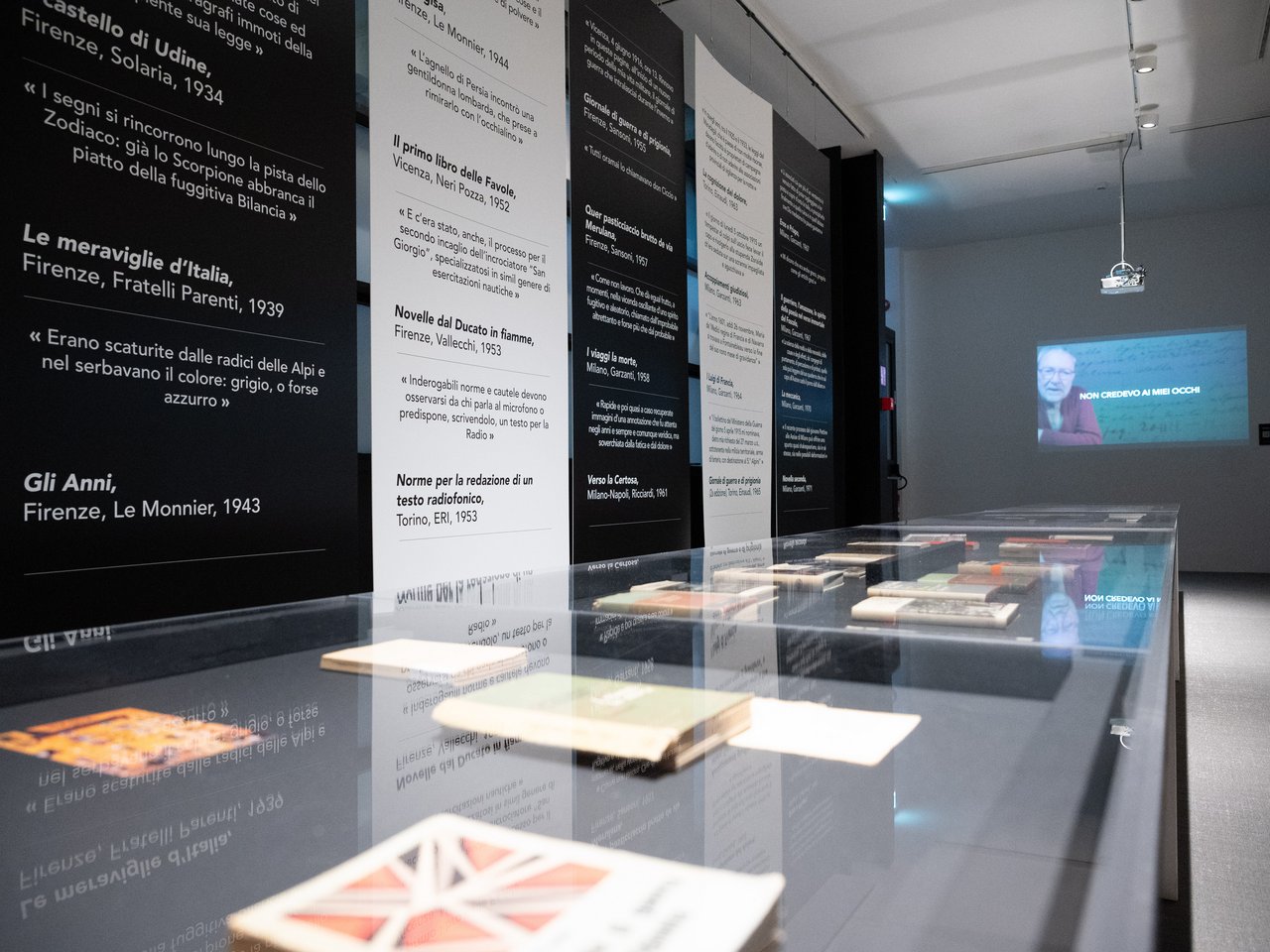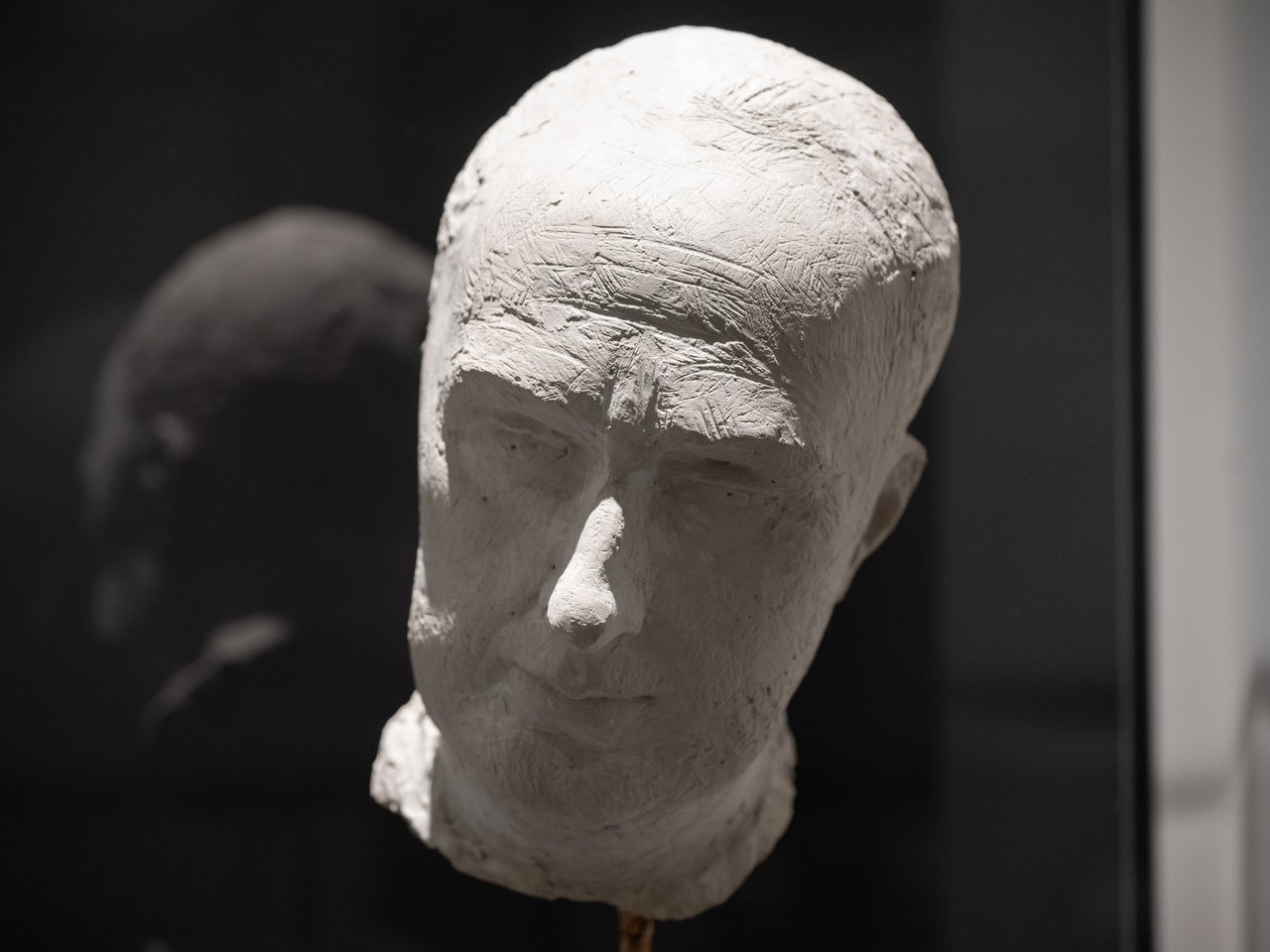Le parole sacre, vedute le labbra dell'autore, ne rifuggono. Le cose sacre, veduto il cuore dell'autore, vi si fermano.
Carlo Emilio Gadda
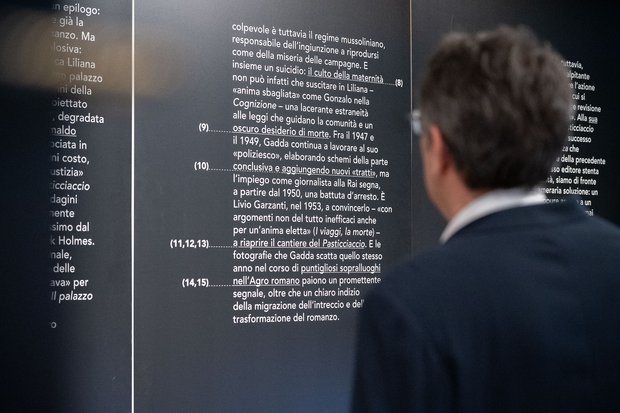
With "Cantieri di Gadda," the Politecnico di Milano continues a cycle of exhibitions that recounts and enhances "polytechnic culture": an approach to science, technology, and art that integrates technical culture with the humanities as a form of knowledge, valuing design as the only way to intervene in society and the environment with a view to sustainability.
The initiatives weave together multiple disciplinary fields to highlight this standard matrix and engage visitors on crucial contemporary issues. Aimed at the general public, they pursue the university's mission of opening up to the city, sharing results, and generating knowledge towards civil society.
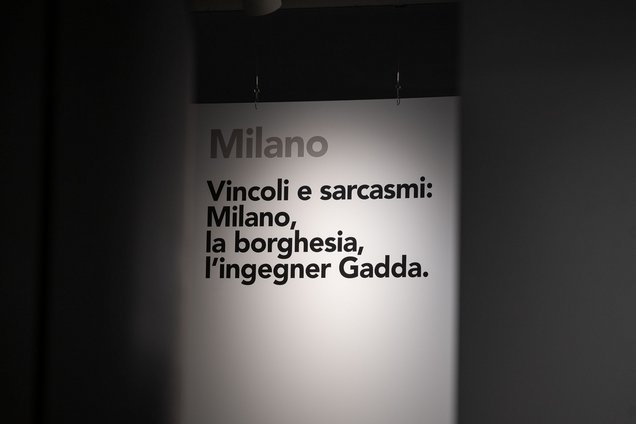
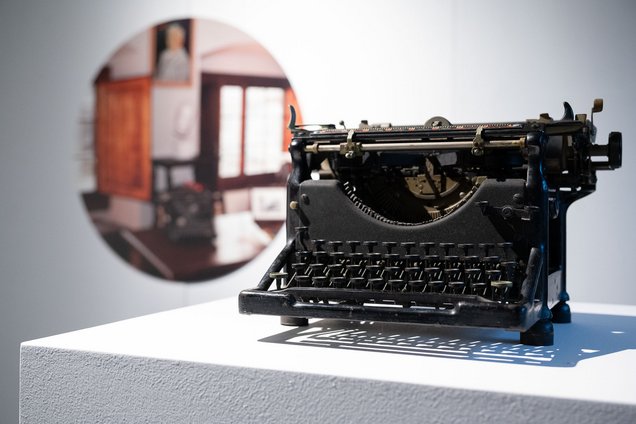
The exhibition Cantieri di Gadda, conceived by the Gadda Study Center of the University of Pavia in collaboration with the School of Architecture of the Politecnico di Milano, hosted in the Politecnico's Guido Nardi exhibition space (via Ampère 2, Milan) from June 12 to October 11, 2024.
As the culmination and crowning achievement of the initiatives related to the 50th anniversary of the death of Carlo Emilio Gadda (1893-1973), the exhibition aims to guide the public through the workshop of the most excellent prose writer of the 20th century, transforming into a visual itinerary the paths and adventures of writing in which technical-scientific knowledge, literature and philosophy coexist surprisingly.
The novelty of the exhibition is not only in the wealth of books, papers and manuscripts that are on display for the first time but in the choice to place the writer in his world, in dialogue with the places of his life, the cities, rooms, friendships, furniture and objects and utensils that, together with volumes, magazines, images defined the environment in which Gadda thought and worked.
The visitor thus enters Gadda's spaces, historical and geographical: that of the young Alpine soldier, a genuine volunteer in the Great War; the Milan of the engineering student, ruthlessly portrayed in the splendid stories of Adalgisa-which is evoked not only through a rich sampling of magazines and objects, but also becomes passable thanks to an interactive map that visualizes streets, buildings, places of the Engineer; the Rome of the Pasticciaccio, defaced by the hated figure of the Duce, a city-world in which the visitor is invited to immerse himself thanks to videos, photographs, propaganda posters, and together books and documents that reconstruct the genesis of the novel. One section of the exhibition is devoted to the splendidly adventurous history of Gadda's language: the exhibits reconstruct its external stimuli and compositional processes: vicissitudes of words, inventions, and contaminations; readings and encounters that helped shape the uniqueness of each page that emerged from a glowing construction site.
Gadda's human and literary vicissitudes are thus intertwined in an immersive journey that stages the writer at work- in the places of his work-unveiling his workshop secrets.
-
Press Release
PDF
-
Invitation card
PDF
-
Flyer
PDF
-
Exhibition room Sheet
PDF
